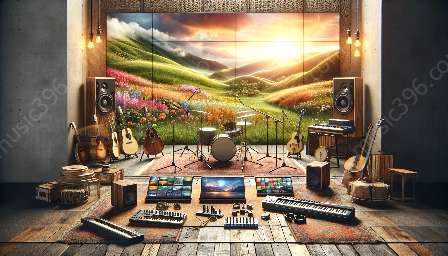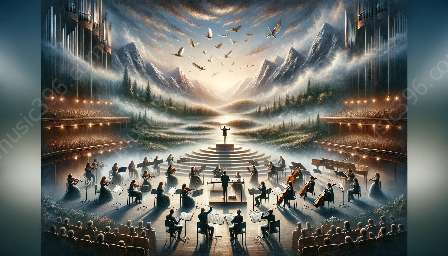Sheet music archives and preservation are crucial for maintaining the history and evolution of music. Integrating audio recordings with sheet music enhances the accessibility and relevance of these archives. In this article, we'll explore the best practices for combining audio recordings with sheet music archives while ensuring their preservation and referencing needs.
Overview of Sheet Music Archiving and Preservation
Sheet music archiving involves the systematic collection, organization, and preservation of musical scores in various formats, from handwritten manuscripts to printed compositions. Preserving these archives is essential to safeguarding the cultural heritage and artistic legacy of music. Digital archiving has become increasingly important, allowing broader access to historical and contemporary sheet music collections.
Challenges and Opportunities in Music Reference
Music reference encompasses the comprehensive analysis and interpretation of musical works, aiding in scholarly research, performance practice, and educational purposes. Integrating audio recordings with sheet music archives offers an opportunity to enhance music reference by providing audio-visual context, facilitating deeper understanding and interpretation of the compositions.
Best Practices for Integration
1. Digitize Sheet Music
Begin by digitizing sheet music archives to create high-quality, searchable electronic files. Optical music recognition (OMR) software can assist in converting scanned sheet music into editable digital formats while preserving the original layout and notation.
2. Choose Suitable Audio Formats
Select audio formats that complement sheet music, such as high-resolution audio files or lossless compression formats. Ensure compatibility with various playback devices and platforms while maintaining the fidelity and integrity of the recorded music.
3. Create Metadata Framework
Develop a comprehensive metadata framework for both sheet music and audio recordings. Include information about composers, performers, genres, historical context, and interpretive elements to enrich the archival content and aid in efficient referencing.
4. Implement Interactive Interfaces
Integrate user-friendly interfaces that allow synchronized playback of audio recordings alongside the corresponding sheet music. Interactive features, like highlighting notation during playback, facilitate seamless navigation and engagement for researchers, musicians, and enthusiasts.
5. Ensure Copyright Compliance
Adhere to copyright regulations and obtain necessary permissions for audio recordings and sheet music. Respect the rights of composers, performers, and publishers while promoting fair use and access to cultural resources within legal frameworks.
6. Establish Preservation Protocols
Implement robust preservation protocols for both digital sheet music and audio recordings. Regular backups, storage in secure and climate-controlled environments, and adherence to digital preservation standards are essential for long-term accessibility and sustainability.
Enhancing Accessibility and Usability
By integrating audio recordings with sheet music archives, the accessibility and usability of musical materials are significantly enhanced. Researchers, educators, and performers benefit from the multi-dimensional understanding, while music enthusiasts can engage with historical and contemporary compositions in a more immersive manner.
Advancements in Augmented Reality and Virtual Reality
Recent technological advancements in augmented reality (AR) and virtual reality (VR) offer innovative avenues for integrating audio recordings with sheet music archives. AR and VR applications can create immersive experiences, allowing users to virtually interact with musical scores and audio elements, further enriching the archival content.
Future Perspectives
Looking ahead, the integration of audio recordings with sheet music archives will continue to evolve, driven by advancements in digital technologies, user experience design, and preservation standards. Collaborative efforts among archivists, musicians, technologists, and policymakers are vital in shaping the future landscape of music archiving and preservation.









































